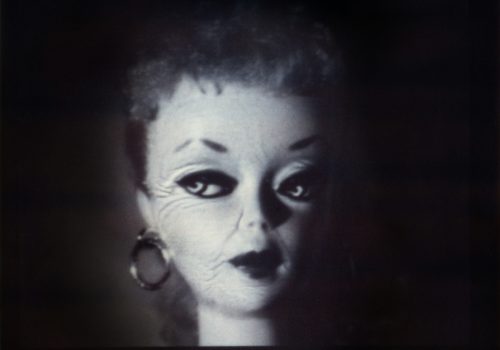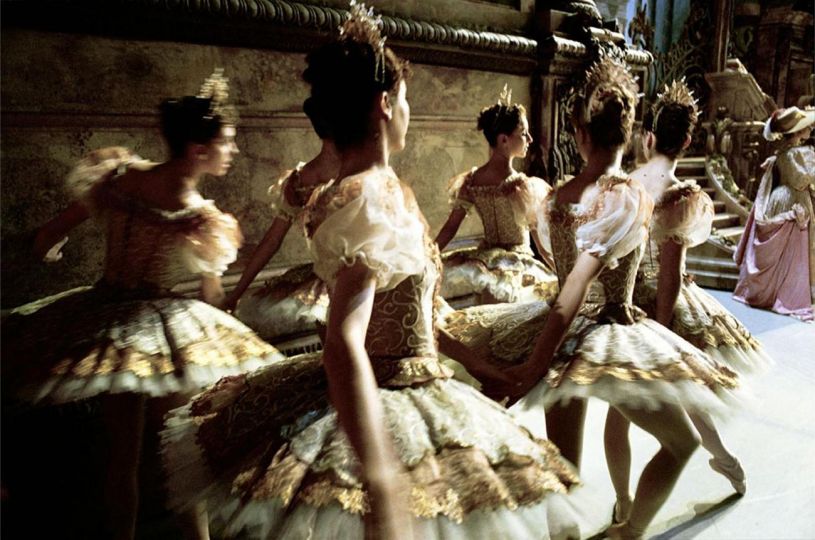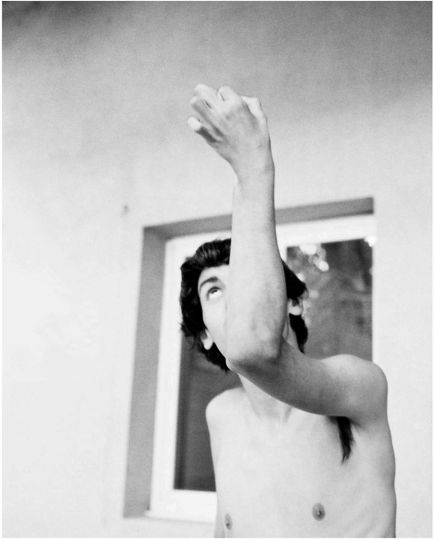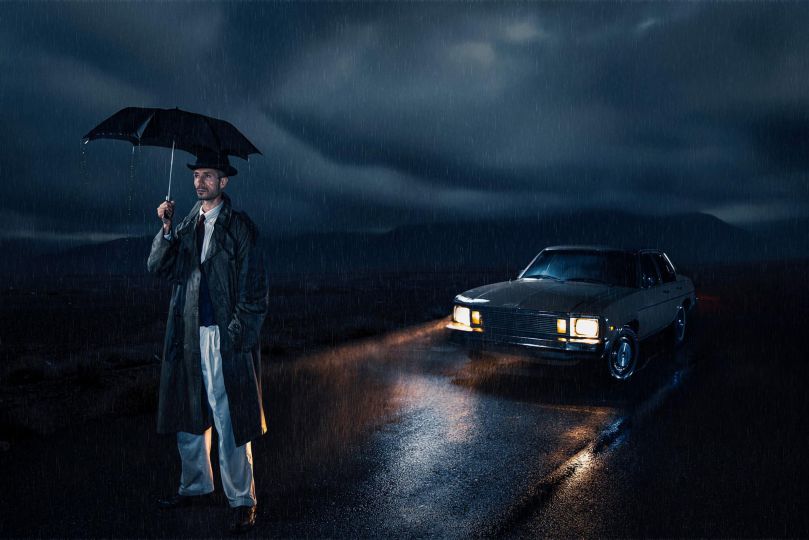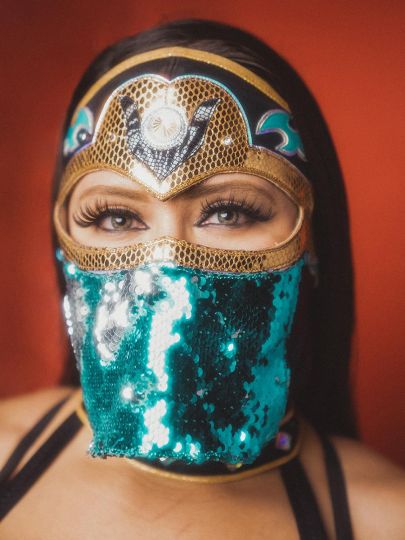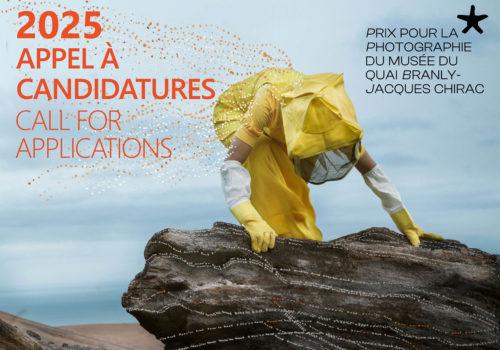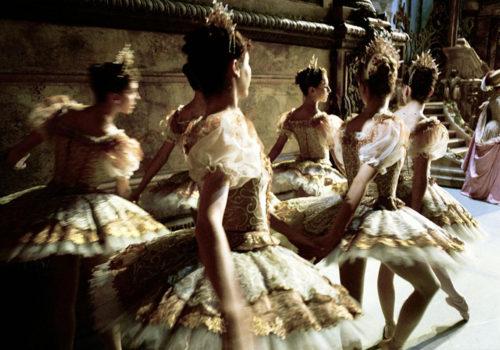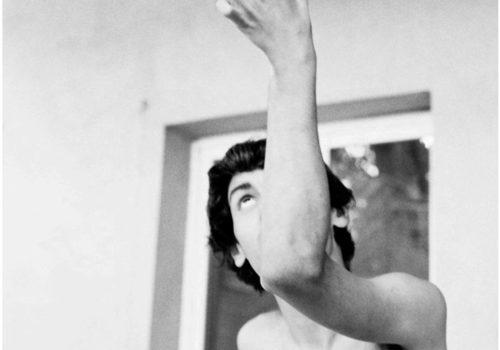The Solo Show project especially conceived for the edition of Paris Photo 2019 is focused on the Pioneer of computer-generated composite portraits: Nancy Burson, whose works are included in museums worldwide (MoMa, Metropolitan, MoMa San Francisco, Centre Georges Pompidou, Victoria and Albert…) and recently been chosen to represent the artists using Polaroid film (including Warhol, Wegman) in a documentary about Polaroid and instant photography entitled “Subito”. The anthological exhibition explores Burson’s pioneering early work with digital technologies in photography, but will show also her most recent works, including the “Trump/Putin” video installation and photographic work (selected as Cover for Times Magazine).
Since the beginning of her artistic career, Nancy Burson has been interested in the interactions between art and science and was among the first artists to apply digital technology to the genre of photographic portraiture. Through the synthesis of several photos made possible by the use of her very personal working method, Burson generates completely new works that challenge photographic truth with the birth of digital manipulation. Her work is to be considered unique because she was the first artist to introduce “composite” portraits into the electronic age. Indeed, she is known for her pioneering work in the use of morphing technologies: the use of computer programs to overlay and manipulate photos showing new aspects of the age, race or character of the original subject. In addition, by merging two or more images into a “composite”, Nancy Burson’s work also includes computer-modified images through a distorting system that intervenes by changing the reality of an image, aging and rejuvenating photographs, and thus projecting a portrait in the future or in the past. Her “Human Race Machine”, which allows people to view themselves as a different race, is still used as an educational diversity tool that provides viewers with the profound visual experience of being another race.
In 1981, Burson also patented a revolutionary computer program. Her methodology is still used today by the FBI to help locate victims of child abduction – by producing images of how subjects would age over time. A special section of the exhibition will then be dedicated to the series of ” Composite paintings ” of 1986: Nancy Burson used her techniques to combine and mix some of the most famous masterpieces of twentieth century artists such as Picasso, De Kooning, Rothko, Cézanne, Van Gogh, and Newman.
Paris Photo 2019
November 7–10, 2019
Grand Palais Paris

